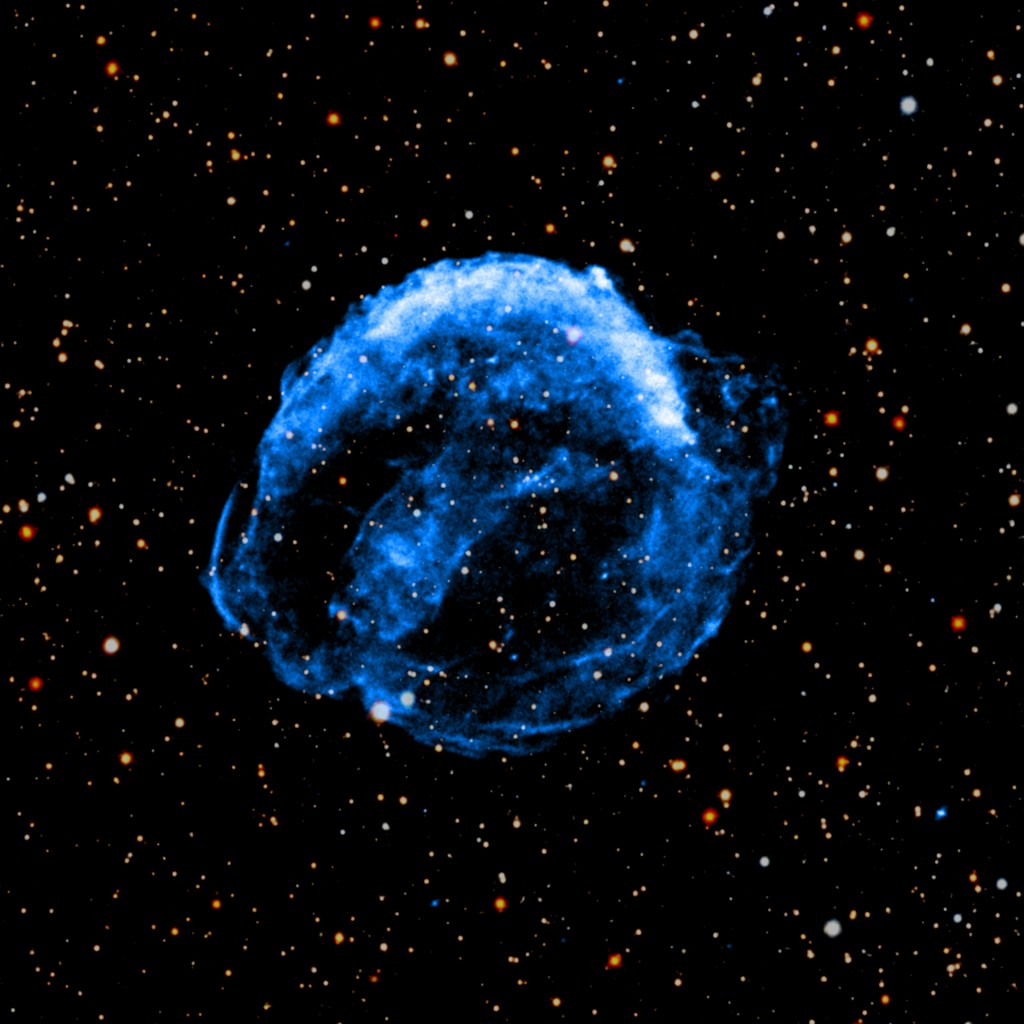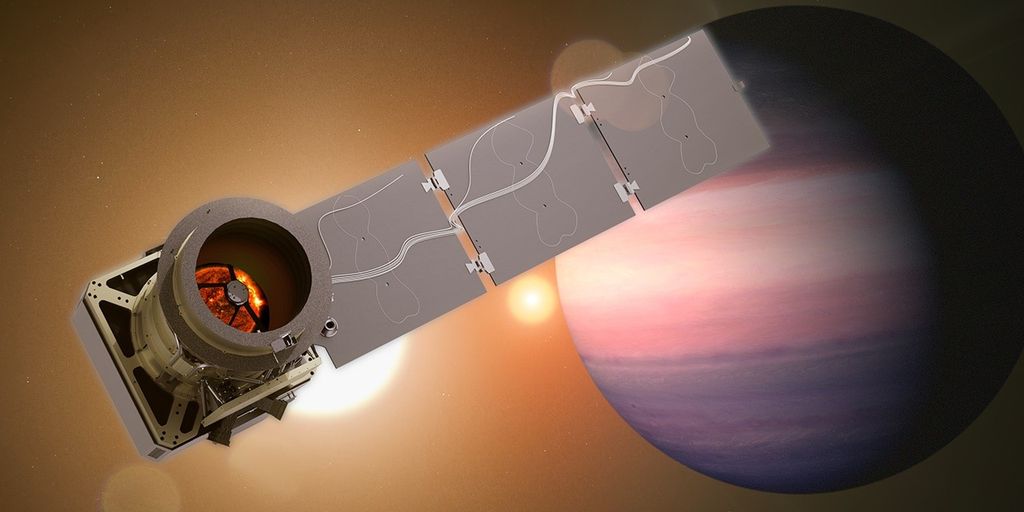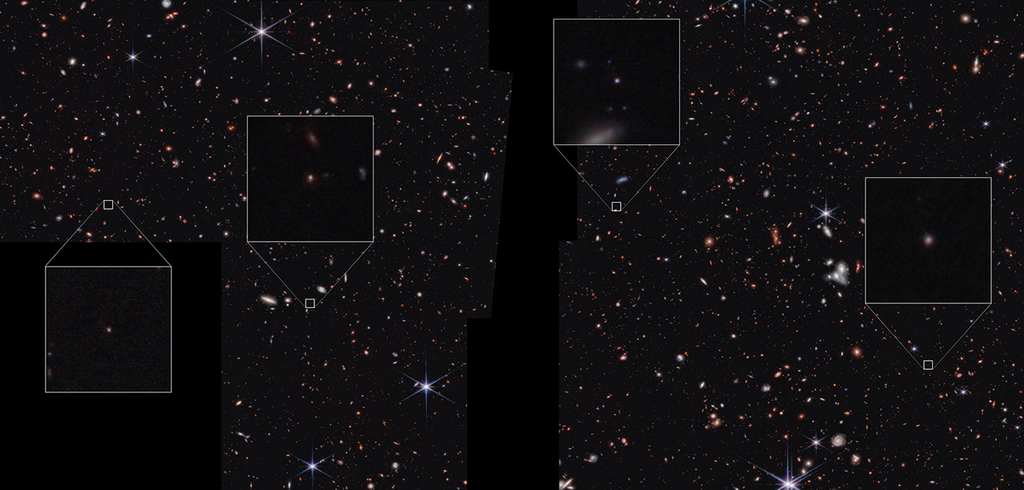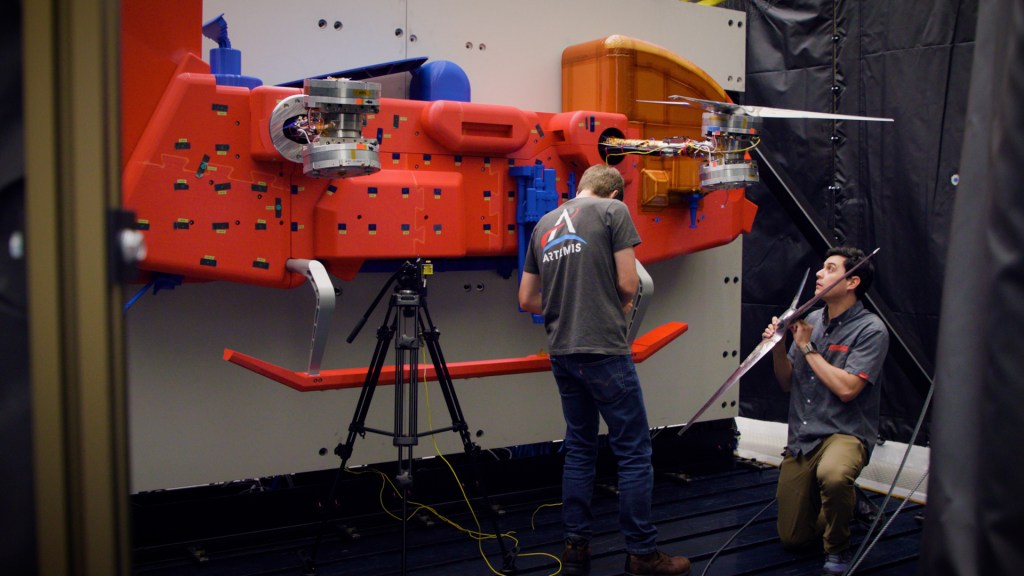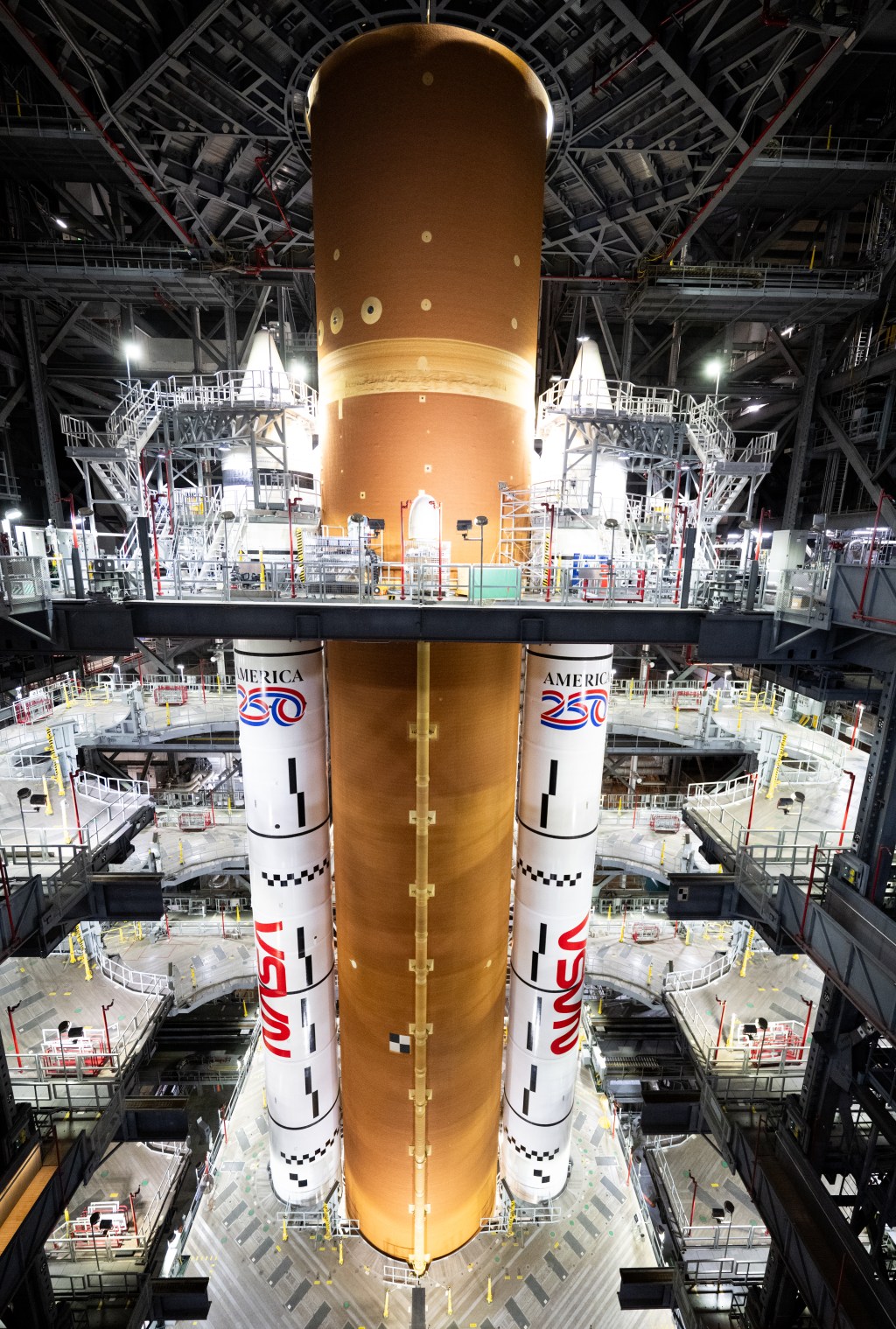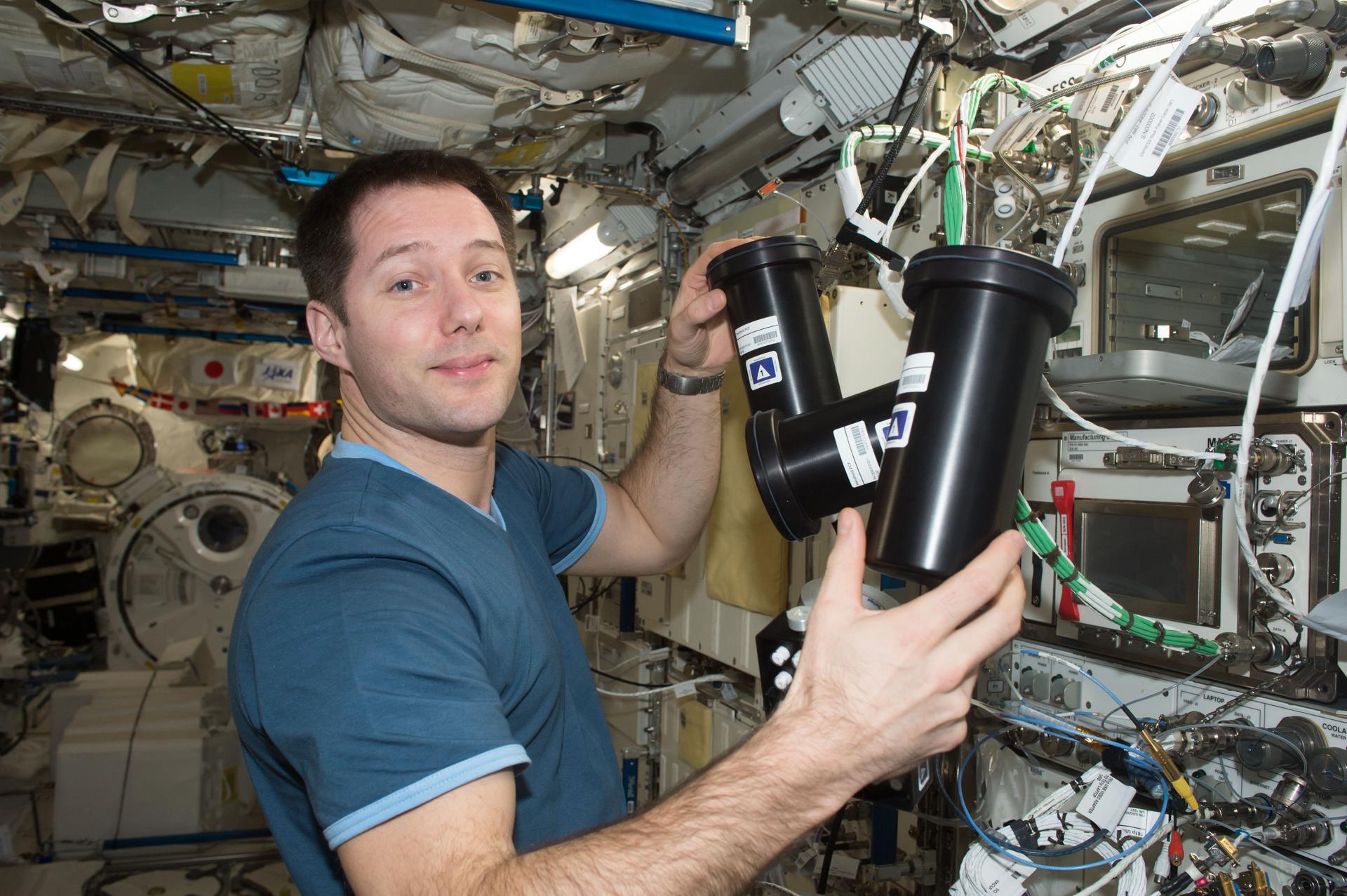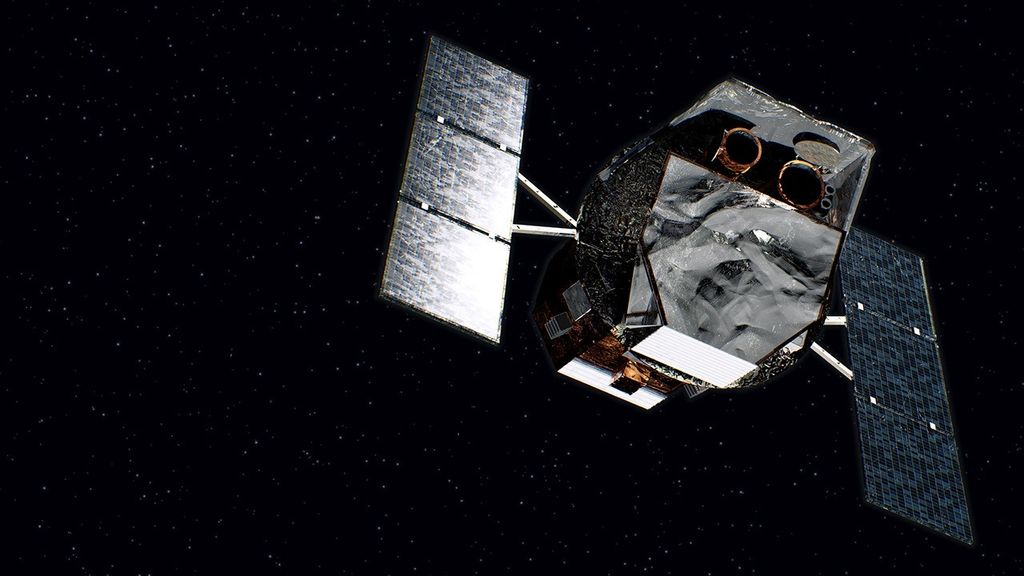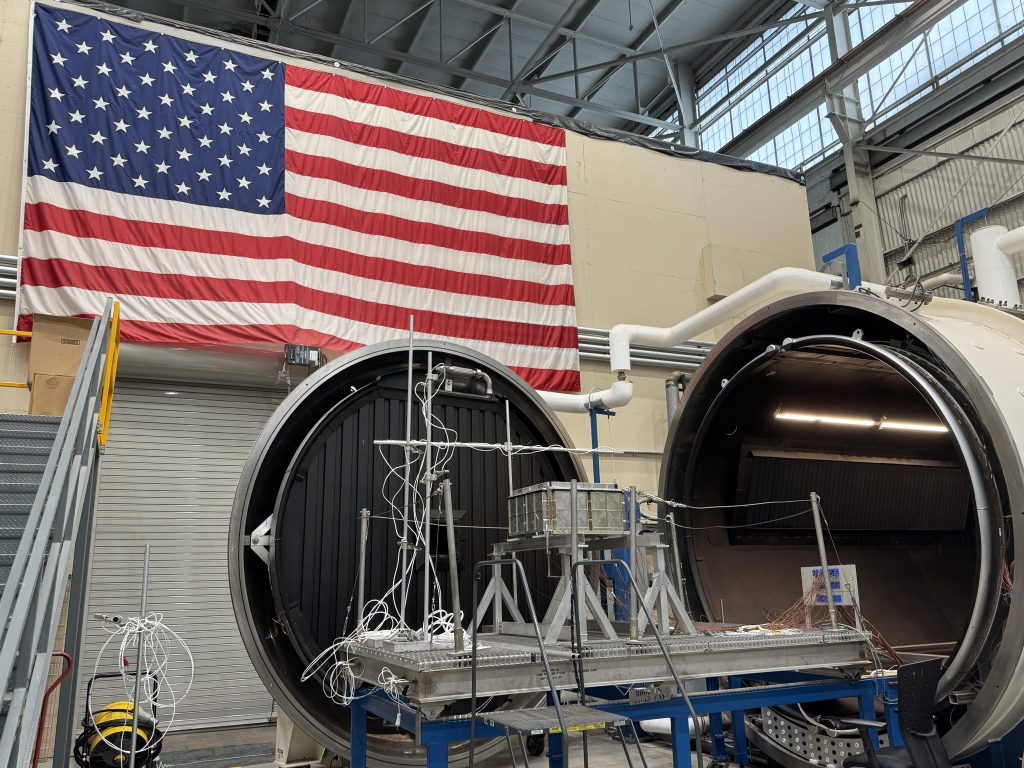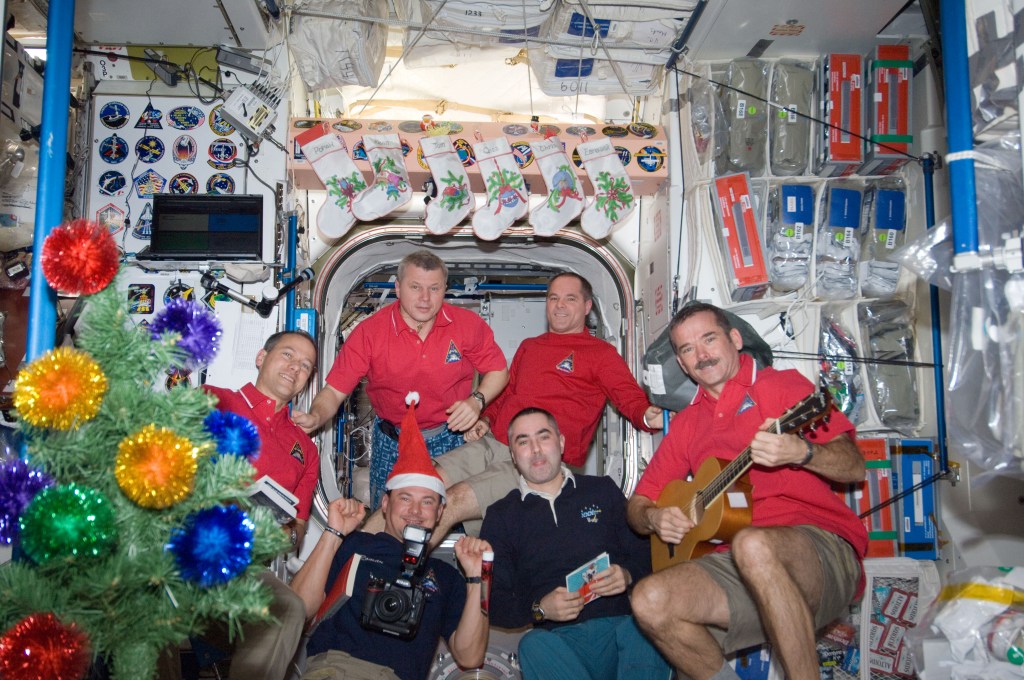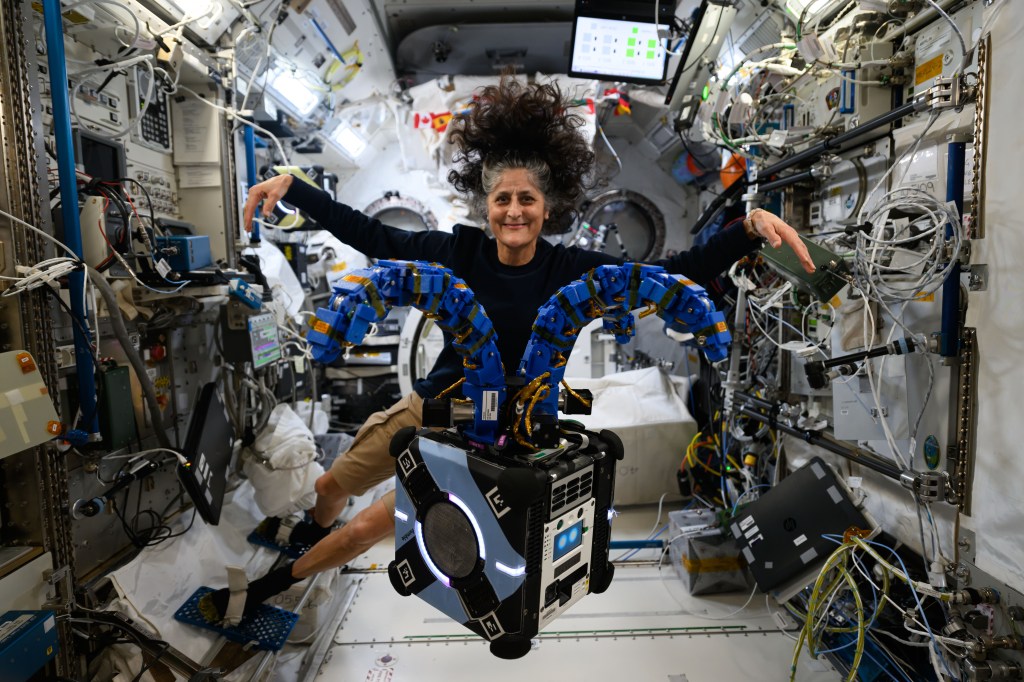Refine Your Research:

In these videos, Dr. Merav Opher explain what we know about the heliopause.

This roughly 5-minute-long video provides an introduction to electromagnetic spectrum.

This resource features a video of how the solar system formed and includes a downloadable poster.

(Grades 6-12+) In this article, text and images describe how the Sun and Earth are connected, including solar energy, photosynthesis, seasons, aurora, and habitability.

(Grades 8-12) In this activity, learners discover how scientists use colored filters to study the universe, and see images in a new light.

(Grades K-8) In this activity, learners explore how magnetism is connected to the aurora, and how magnetic field lines become unstable, snap like rubber bands, and crash into gases in the atmosphere.

(Grades 6-12+) This comprehensive lecture covers Transient Luminous Events through three interrelated presentations on thunderstorms, TLEs, and sprites.
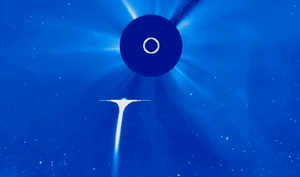
(Grades K-12+) A brief video (~3 minutes) discussing "sungrazer" comets, including example footage from past observations by spacecraft. Sungrazing comets come very close to the sun at their nearest approach, a point called perihelion
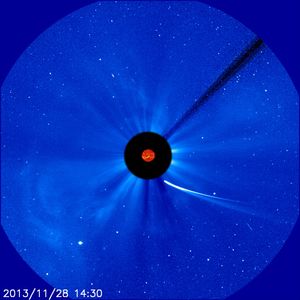
(Grades 6-12+) A collection of images and videos produced by NASA's Scientific Visualization Studio which illustrate how various spacecraft from NASA’s heliophysics mission fleet observed Comet ISON in 2013.
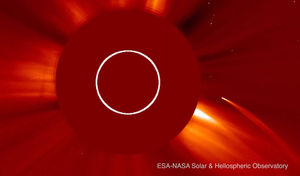
(Grades K-12+) A short video (~3 minutes) about how amateur astronomers have used data released from the ESA and NASA's SOHO mission to discover over 5,000 new comets.
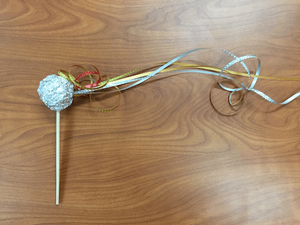
(Grades K-12+) An illustrated, step-by-step guides which shows students how to make their own model comet materials available at home.
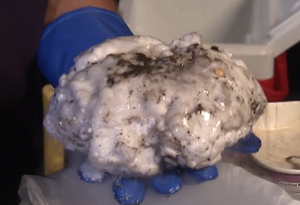
(Grades K-12+) This Do-It-Yourself activity guides students through making their own simulated comet, providing an opportunity to make observations, discuss changing states of matter, and demonstrate measuring skills.
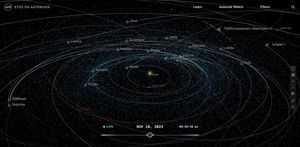
(Grades K-12+) NASA's Eyes is a suite of 3D visualization applications that allows everyone to explore and understand real NASA data and imagery in a fun and interactive way.

(Grades 6-12+) A page from NASA's Solar System Exploration Directorate website which gives an overview of comets, with history and examples included.

(Grades 6-12+) The resource provides a guided exploration of comets which helps students build upon their own knowledge.

